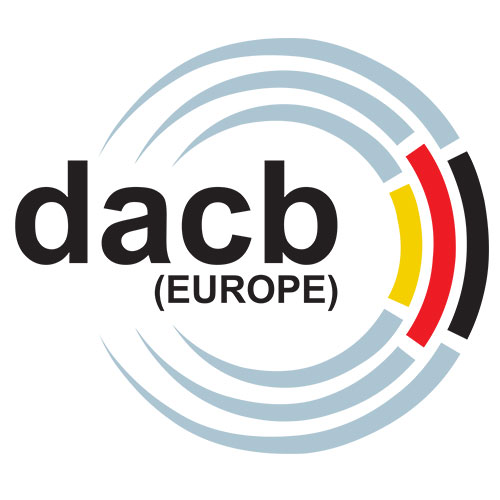GLP
GLP
The Principles of Good Laboratory Practice (GLP) are a managerial quality control system covering the organisational process and the conditions under which non-clinical health and environmental studies are planned, performed, monitored, recorded, reported and retained (or archived). The Principles of GLP are followed by test facilities carrying out studies to be submitted to receiving authorities for the purposes of assessing the health and environmental safety of chemicals and chemical products which may also be of natural or biological origin and, in some circumstances, may be living organisms.
The Principles of GLP define the responsibilities of test facility management, study director, study personnel and quality assurance personnel that are operating within a GLP system, and minimum standards concerning the suitability of facilities and equipment to perform studies, the need for standard operating procedures, documentation of raw data, study reports, the archiving of records, etc.
What types of tests are carried out at such facilities under GLP?
The Principles of GLP concern “non-clinical” testing of a chemical or chemical product, examined under laboratory conditions or in the environment, including work conducted in greenhouses and in the field. They do not include studies which use human subjects.
Examples of studies carried out under GLP include, inter alia:
- physical-chemical testing;
- toxicity studies;
- mutagenicity studies;
- The environmental toxicity studies on aquatic and terrestrial organisms
- studies on behaviour in water, soil and air; bioaccumulation
- studies to determine pesticide residues in food or animal feedstuffs
- studies on effects on mesocosms and natural ecosystems; and
- analytical and clinical chemistry testing
What types of chemicals/chemical products are covered by the Principles of GLP?
The OECD Principles of GLP apply to the non-clinical safety testing of test items contained in:
- pharmaceutical products;
- pesticide products;
- cosmetic product;
- veterinary drugs;
- foodadditives;
- feed additives; and
- industrial chemicals
Depending on the jurisdiction, the Principles of GLP may also be applied to non-clinical safety testing of other regulated products, such as medical devices.
How do governments verify that a study conducted at a test facility was carried out according to the Principles of GLP?
Data on safety testing have to be submitted to receiving authorities for marketing authorisation of the product. As part of the review process GLP compliance of the submitted data is verified. In addition, the GLP compliance status of the test facility at which the study was carried out, is checked by consulting information on inspections provided by the national GLP compliance monitoring programmes.
What is GLP Compliance Monitoring?
OECD countries in which non-clinical health and environmental safety testing is carried out according to the Principles of GLP have established national GLP Compliance Monitoring Programmes (CMP) with responsibilities for monitoring GLP compliance of test facilities within their territories. GLP compliance is verified by CMPs through inspections of GLP test facilities, and audits of GLP studies. A test facility which has been subject to periodic inspections by a CMP, and found to be operating in compliance with the Principles of GLP, is recognised as a GLP compliant test facility.
In most countries, facilities that wish to become recognised as GLP compliant can apply to the national CMP. The CMP then conducts an inspection to determine if the test facility complies with the Principles of GLP. In other countries, CMPs can inspect any test facility claiming to conduct studies according to GLP.
Accreditation


